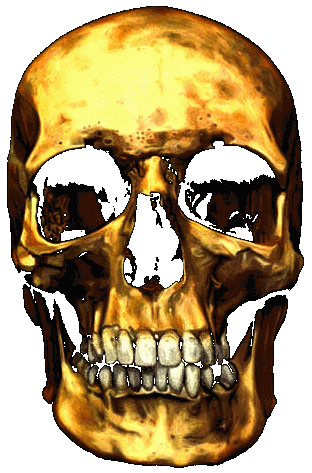|
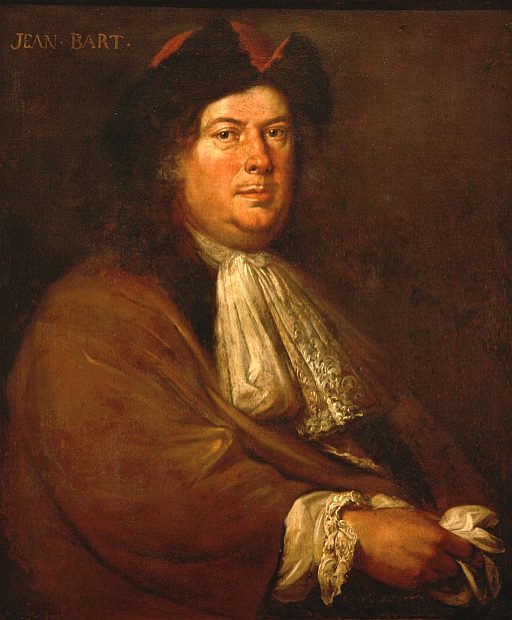
Sir
Henry Morgan, was a brilliant tactician and piratical businessman, able to
command the loyalty of privateers, who followed him into battle. Later he
turned his hand to sugar cane growing, using African slave labour.
<<<
SCENE 3.1
SCENE: THE ADMIRAL'S DEMISE
INT. LAWRENCEFIELD ESTATE - DAY (AUGUST 25th, 1688)
The air hangs thick and heavy, shimmering with the oppressive heat of a Jamaican August afternoon. Sunlight beats down on the lush, green expanse of the LAWRENCEFIELD ESTATE. In the distance, African slaves toil in the seemingly endless rows of sugar cane.
On a shaded veranda overlooking the fields, ADMIRAL
SIR HENRY MORGAN (50s, immense girth, his face florid and sweat-sheened) sits heavily in a wicker chair. A half-empty tankard of dark rum sits on a nearby table. He watches his slaves with a dull, satisfied gaze.
MORGAN (V.O.)
A long day it were, and hotter than the devil’s own forge. But a man’s gotta oversee his investments, eh? And what finer investment than these blackamoors sweatin’ under the Jamaican sun, turnin’ cane to the very nectar that warms a man’s belly.
Morgan reaches for his tankard, his movements sluggish. He takes a long, noisy draught.
MORGAN (V.O.)
Aye, Lawrencefield. Named by that Prince fellow after Panama. A fine vantage point, this. Port Royal one way, Spanish Town t’other. Though my heart’s more for the quiet of the fields these days. Less… wickedness.
FLASHBACK - MONTAGE (BRIEF, DREAMLIKE)
- A bustling, bawdy PORT ROYAL, teeming with life, brick houses rising two and four stories high. Sounds of laughter, drunken singing, and the clatter of dice.
-
Rough-looking men, buccaneers and pirates, carousing in taverns, their faces flushed with drink and lust.
-
A stern-faced CATHOLIC PRIEST shaking his head in disapproval.
-
A glimpse of a secret tunnel entrance, hidden amongst lush foliage.
-
A younger, more vigorous MORGAN embracing a beautiful GERMAN WOMAN, gesturing towards a section of the plantation.
MORGAN (V.O.)
Port
Royal… they called it the wickedest town in Christendom. And they weren’t far wrong. Fortunes made quick, and spent quicker. But a man finds his comforts, even amidst the sin. And a man remembers… favors given.
BACK TO PRESENT
Morgan pats his considerable belly, a belch escaping his lips.
MORGAN (V.O.)
Aye, the rum flows freely now. My own brew, mind you. Got a knack for the still, I do. Makes a man richer by the day… and wider in the breeches. The ships line up for my dark gold, and the sugar ain’t far behind. Though this… this prosperity… it ain’t always kind to an old sea dog’s ticker.
He shifts uncomfortably in his chair, a slight wheeze escaping his lips. He ignores it, a faraway look in his eyes.
MORGAN (V.O.)
Venezuela… Panama… Ah, those were the days. Takin’ a Spanish prize, a right proper engagement. And
Providence! Batterin’ that fort… that’s where the real gold was found. Not all of it made it to the Crown’s coffers, mind you. A prudent man keeps a little somethin’ aside, for a rainy day… or a sudden need for… reinforcements.
He chuckles, a dry, rattling sound.
MORGAN (V.O.)
And a prudent man… he leaves a trail. Just in case the old memory fails, or the kin get desperate. Though “desperate” has a strict legal definition, mind you. And that map… sealed tight with the scribe. Not to be opened… unless.
He laughs louder now, a wheezing bark.
MORGAN (V.O.)
Good times. Good, bloody times. The German frau never knew the half of it. Nor the wife, bless her oblivious heart. Only a few drunken swabs ever heard whispers. And the coffin… ah, the coffin. A secret compartment. For comfort in the afterlife, ye see. Details all down with the scribe. Sworn to silence on pain of… well, he knows.
Suddenly, Morgan
clutches his left arm, his face contorting in pain.
MORGAN
Ugh… what in the…
His arm goes limp, unresponsive. The pain shoots up his arm, across his face. One side of his mouth droops, his features becoming grotesquely lopsided. The African slaves in the distance stop their work, watching with wide, uncomprehending eyes.
A sharp, stabbing pain pierces Morgan’s chest. His eyes widen in shock. He gasps, his breath catching in his throat.
With a heavy THUD, he slumps forward in his chair, then slides to the ground. Stone still.
The slaves exchange bewildered glances. One of them cautiously approaches. He nudges Morgan with his foot. No response. He looks closer, his eyes widening in realization.
SLAVE (in hushed tones)
Master… he sleep… no more.
EXT. PALISADOES CEMETERY, OLD PORT ROYAL - DAY (SOME YEARS LATER)
A blustery wind whips across the thin strip of sand that is the PALISADOES
CEMETER. Dark grey clouds scud across a bright blue sky, the sun breaking through in dramatic shafts of orange light.
A large, stone-built MAUSOLEUM stands prominently amongst other graves. Intricate reliefs of warships and Britannic emblems adorn its facade.
A crowd of JAMAICAN SOCIETY has gathered, hats held in respect. Amongst them are a few rough-looking characters, remnants of Morgan’s buccaneering past.
Bearers struggle to push an oversized, highly adorned CASKET, mounted on rollers, towards the
privateer’s entrance. It is clearly heavy.
MORGAN (V.O.)
A state affair, they called it. My send-off. Wind howlin’ like a banshee. Suits me, I reckon. Always liked a bit of drama.
The casket is maneuvered inside the mausoleum and onto a stone table. It is clearly lead-lined.
MORGAN (V.O.)
Lead-lined, eh? Fancy. Embalmed like a
Pharaoh. Though they don’t know the half of the treasures I’m takin’ with me. Just the scribe and that coffin fella. Lips sealed tighter than a barnacle on a hull.
Close on a section of the casket: an intricately engraved IRON WOOD TABLET, its surface divided into compartments. The wood is almost black, dense and unyielding.
MORGAN (V.O.)
Lignum vitae. “Wood of life,” they call it. Hard as iron, sinks like a stone. Perfect for keepin’ secrets. And that codin’… tied to a map only the scribe knows. Clever, eh?
DR. EMMANUEL HEATH (50s, Anglican clergyman, dressed in black and white) stands at the head of the casket. He speaks in a solemn tone, though his eyes betray a hint of professional detachment.
DR. HEATH
Ashes to ashes, dust to dust, we commend the earthly remains of our much revered citizen, to this final place. May God rest his soul, that he should find peace everlasting.
The crowd remains silent, heads bowed.
DR. HEATH
Go in peace.
The crowd begins to disperse. Two stout ATTENDANTS struggle to close a heavy WOODEN DOOR to the mausoleum, secured by massive wrought iron bolts. They then close a second, inner door. Finally, Dr. Heath produces a large KEY, bearing Sir Henry’s crest. He inserts it into a substantial IRON SECURITY LOCK, also adorned with the crest. A loud, satisfying CLUNK echoes as the heavy steel bolt engages.
Dr
Heath removes the key and places it on a robust
SILVER CHAIN around his neck.
MORGAN (V.O.)
Safe keepin’. For the kin. Via the scribe. In a vault. For now.
The crowd continues to drift away.
MORGAN (V.O.)
They’ll all be off to the taverns now. Drownin’ their sorrows… or celebratin’ my departure. Depends on who you ask, I suppose.
EXT. PALISADOES CEMETERY - UNDERWATER (FOUR YEARS LATER)
The grey stone MAUSOLEUM
lies submerged beneath the clear turquoise water. Coral begins to encrust its surface. The heavy wooden doors are slightly ajar.
MORGAN (V.O.)
Four years. And the sea claims all. The bones… the fancy fluids… all gone to the briny deep. But the secrets… the secrets remain.
Close on the iron wood tablet within the submerged casket, the cryptic engravings still sharp and unyielding against the encroaching sea.
FADE TO BLACK
>>>
SCENE 5
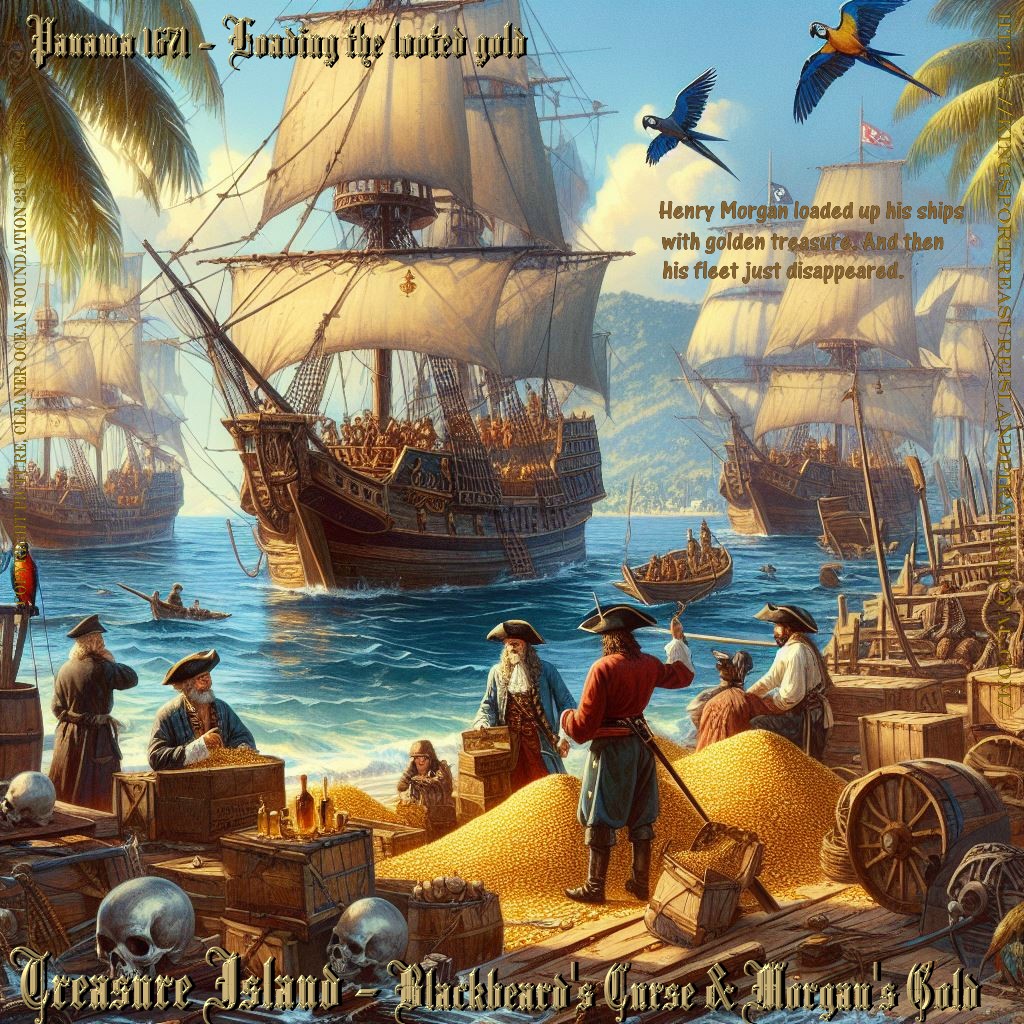
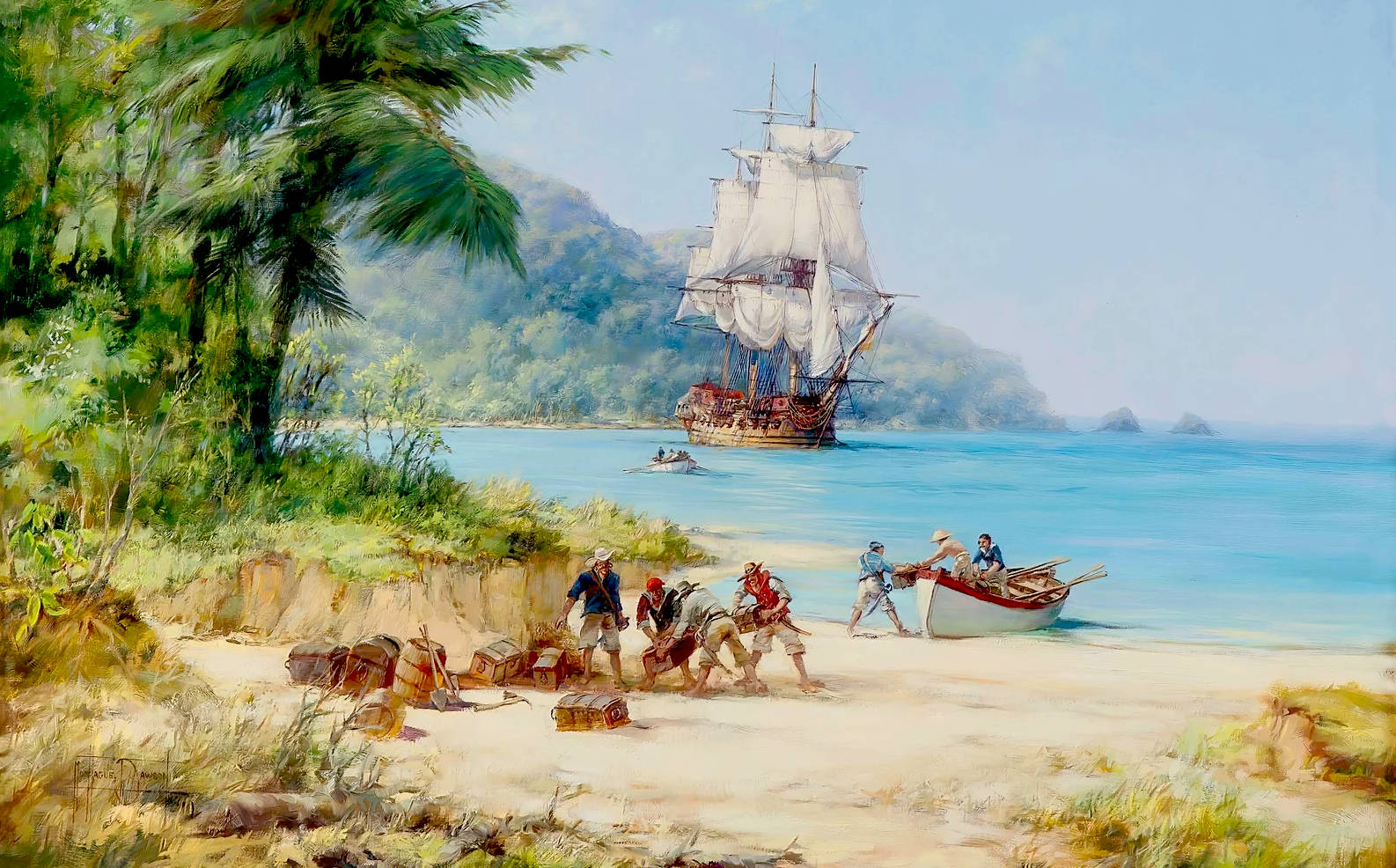
Sir
Henry sacked Spanish held Panama in 1671, taking the gold stolen from the
Aztecs, and loading it onto his ships. When his fleet just vanished. Henry
did not want to pay the British a share as a privateer. He was arrested shortly
afterward, facing the death penalty. But later released. Because he too
useful to England, who needed the former pirate to exert influence in the
Caribbean.
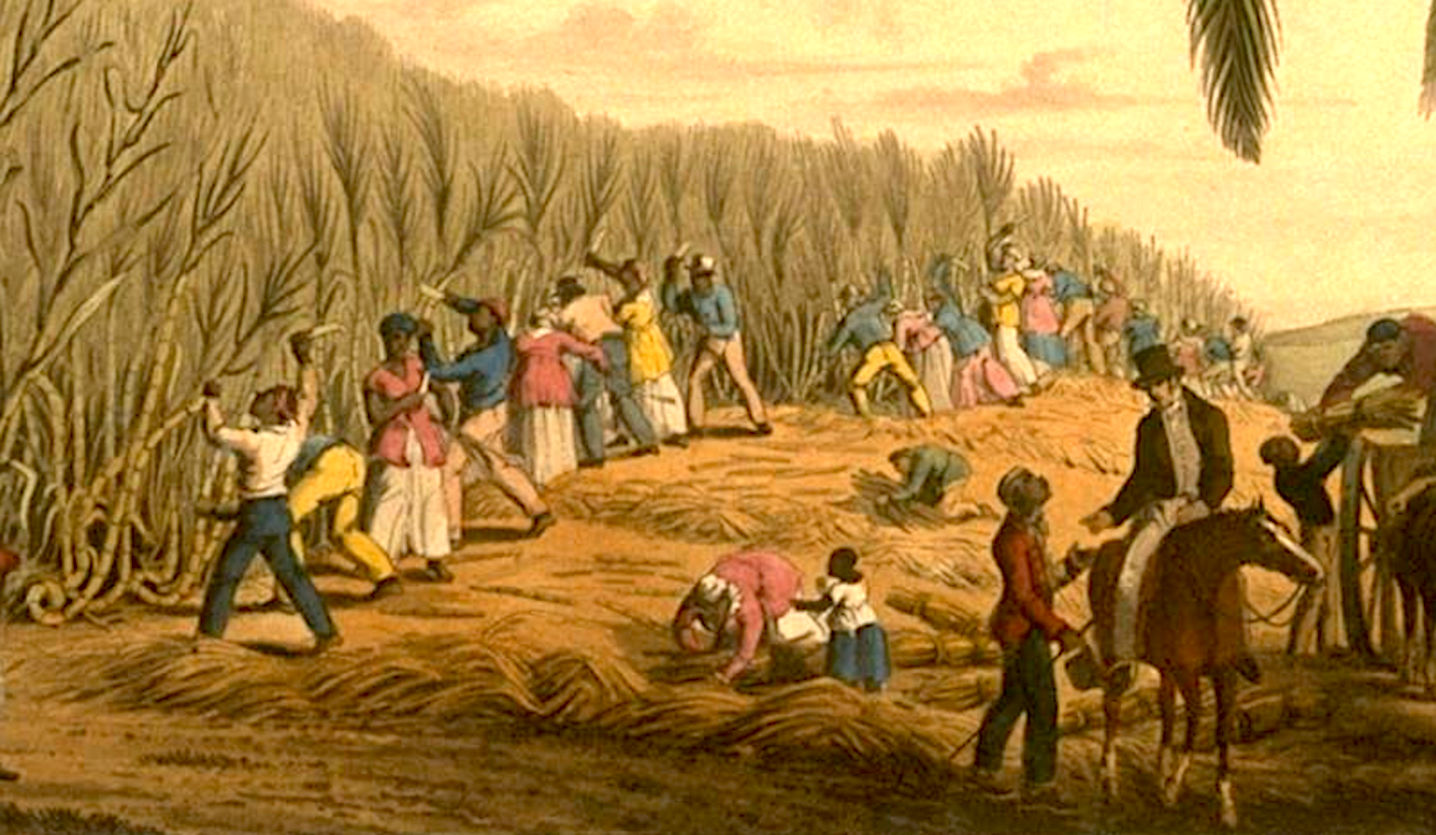
The introduction of sugar cultivation to
the Caribbean in the 1640s and its subsequent rapid growth led to the development of the plantation economy,
dependent on the labour of imported Africans. Slaves became increasingly sought after to work in the unpleasant conditions of heat and humidity.
In 1650 an African slave could be bought for as little as £7 although the price rose so that by 1690 a slave cost £17-22, and a century later between £40 and £50. In comparison, in the 17th century a white indentured labourer or servant would cost a planter £10 for
just a few years work, and would cost more in food, shelter and clothing. Consequently, after 1660 very few new white servants reached
the Caribbean islands; Black enslaved Africans had taken their place. (Bridenaugh and Bridenaugh 1972, 266; Edwards 1793 II, 118)
Enslaved Africans were treated harshly in transit. They had to survive the appalling conditions on the voyage from West Africa, known as the Middle Passage. The death rate was
estimated between 12% - 25% of all Africans transported on British ships between 1701 and 1807 died en route to the West Indies and North America. Nearly 350,000 Africans were transported to the Leeward Islands by 1810. (Curtin 1969, 268, table 77)
In the 1650s when sugar started to take over from tobacco as the main cash crop, enslaved Africans formed only 20% of the population. By the census of 1678 the Black population had risen to 3849 against a white population of 3521. By the early 18th century when sugar production was fully established nearly 80% of the population was Black.
Many plantation owners preferred to import new slaves rather than provide the means
for the survival of their existing slaves. The Amelioration Act of 1798, forced planters to improve conditions for enslaved workers,
but many owners simply replaced the casualties by importing more slaves from West Africa.
PROLOGUE:
ROYAL
AFRICAN COMPANY - King Charles
II, Royal Charter James Stuart II,
transport goods from Africa: Bloody
Triangle.
SCENE
1. THE
BATTLE OF OCRACOKE - Lt Robert Maynard, Blackbeard's
curse, beheading &
torturous interrogation on the
Adventure
SCENE
2. EARTHQUAKE
JAMAICA - Present Day - An earthquake hits Port Royal,
disturbing the sunken city & Palisadoes cemetery.
SCENE
3. BLUE SHIELD ENGLAND -
Blue
Shield, Newcastle UK, UNESCO
requests Storm catalogue underwater city UNEP
World
Heritage Site.
SCENE
3.1. SWASHBUCKLING
- John tries out Dan's VR sword fencing program, then duel with real pirate
cutlasses, Hal keeping score.
SCENE
4. HENRY
MORGAN'S DEATH - Henry Morgan has a heart attack; funeral ceremony at Palisadoes
cemetery, old Port Royal.
SCENE
5. SUNKEN
CITY SURVEY - Present Day, Swann's sensors scan the ocean bed, revealing mausoleum former Governor of Jamaica.
SCENE
6. JUNE
1692 TSUNAMI - Jamaica, June 7th, an earthquake hits
Port Royal, then a tsunami washes the pirate haven
under the sea.
SCENE
6.1. GHOSTS
BLACKBEARD & MORGAN - Spectral figures cheer on John Storm as
he searches Henry's Palisadoes crypt for clues.
SCENE
7. HENRY
MORGAN'S COFFIN - John Storm & ROV,
comes face to face with Henry's skeletal remains. Finds interesting wooden engraving.
SCENE
8. BBC
JILL BIRD - London. John
Storm's finds lost Henry Morgan's pirate remains. "And for those of you wondering,
there was no treasure."
SCENE 9. OPERATION
HISPANIOLA - British Geographical Society,
& Royal Navy fund Lord Huntington's
expedition to recover relics in the Caribbean.
SCENE
10. SHIP'S
COOK - William Gray helps John Long's cut-throats to crew for
Huntington's Hispaniola, Long a dab
hand on the galley.
SCENE
11. ARCHAEOLOGICAL SOS - Huntington
(BGS
bigwig) asks John Storm for help with
shipwreck survey - meet in the Caribbean, Haiti.
SCENE
12. SKELETON
ISLAND - Intrigued by map proffered by Lord Huntington, John
agrees to switch attention to location, to coast of Panama. .
SCENE
13. SANTA
CATALINA - Colombian,
Mexican,
Panamanian,
Nicaraguan
patrols re: 'Satisfaction'
& hunt for Aztec
gold, Spanish
Conquistadors.
SCENE
14. TREASURE ISLAND -
Hurricane
Iota erased map clues, Isla Providencia.
Longstride believes location of Blackbeard's/Morgan's treasure.
SCENE
15. KIDNAP -
Black Jack
& Billy Bones kidnap
Dan, Cleopatra - lock in Hispaniola with
Tremaine. Hal alerts John to events via BioCore.
SCENE
16. DOUBLE CROSS - Maynard
pact with Spanish
Navy to blockade Caribbean to capture John & Swann. Longstride deal Aztec
Golden
Skull.
SCENE
17. BLACKBEARD'S CURSE - John retakes Swann, Hal immobilizes Black Jack and Billy
Bones and rescues prisoners on Hispaniola.
SCENE
18. MORGAN'S TREASURE SHIP - John deciphers carving
code helped Dan and Cybercore
Genetica. Dives to find privateer's shipwreck.
SCENE
19. BILLION DOLLAR DEAL - John
negotiates with Panama, Peru, Colombia, Ecuador & Blue
Shield for % salvage based on wreck video.
SCENE
20. BLOCKADE RUNNER - Swann navigates through
Spanish
Armada & Royal Navy
blockade in stealth mode, invisible to radar.
SCENE
21. BERMUDA TRIANGLE - Pirates
head into
Bermuda Triangle, Colombian Navy in pursuit:
BBC Sky News. Never to be seen again.
Morgans Valley now known as Morgans Pass (City) in Clarendon, Jamaica, was owned by him and there was an estate there.
https://www.ancestry.com/genealogy/records/admiral-sir-henry-morgan-24-1f0pr92
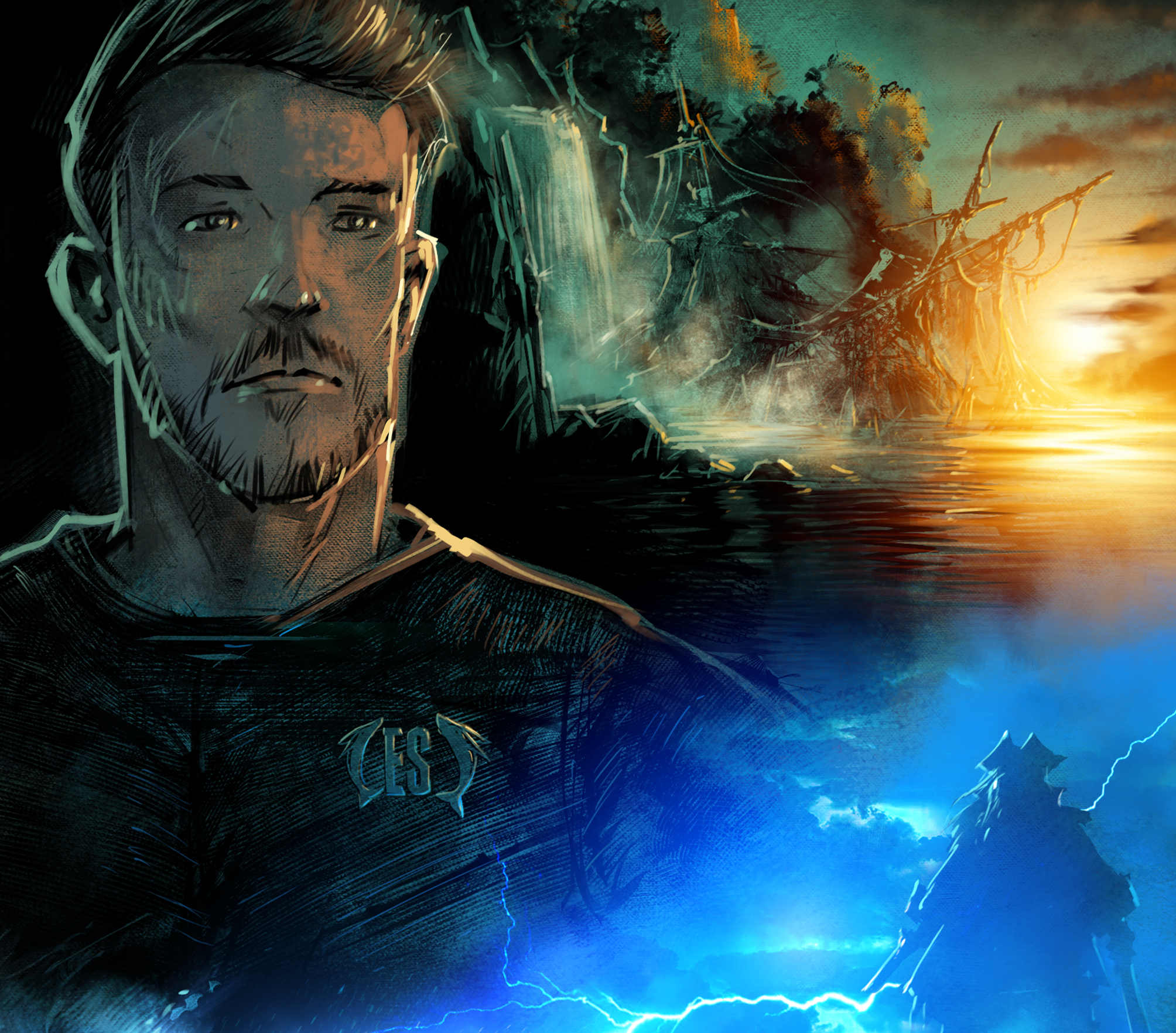
|




